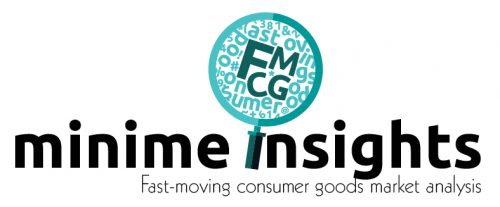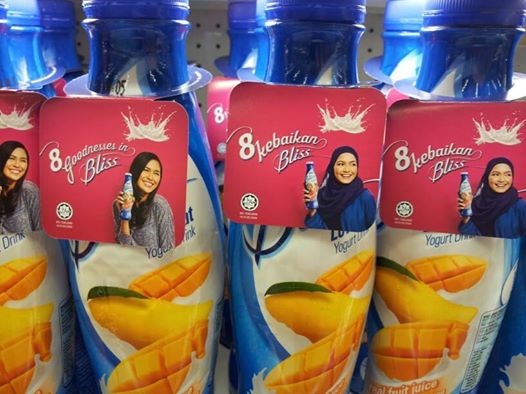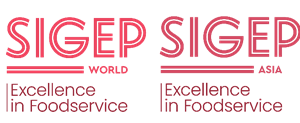In Malaysia, one image is no longer enough to convey the message when addressing women consumers. It now takes two – one with the tudong (headscarf) and one without. Nestle’s latest ad for its yogurt drink shows just that, one female donning the headscarf and another without, to promote Nestle Bliss to a multicultural audience.
The contemporary representation of Muslim women in advertising in Malaysia has changed from a Western-centric, no-tudong look to become more acceptable of models wearing the headscarf. The shift is a reflection of the rising tide of the Hijab movement in the Islamic world where women are displaying pride in their identity. In Indonesia and in Malaysia, the Hijaber movement has become a fusion of faith and fashion.
Young Muslim women are dressing themselves to become chic and beautiful in a hijab, setting them apart from older women. The Hijaber movement also provides Muslim women with an outlet of expression of their taste in fashion, while doing it within the bounds of Islam.
Shila Amzah epitomises the Hijaber trend in Malaysia. She is making her name known regionally in the I Am A Singer 2 reality singing contest in China and appearing confidently with the Hijab look. Yuna is another Malaysian singer/songwriter who has gone from a local singer to a rising global star through her English songs, all the while preserving her Hijab appearance.
Even Rexona has jumped into the bandwagon featuring three female students, one of them with the headscarf, in its latest deodorant TVC in Malaysia in 2014. Hijab is often presented as an “empowerment” and a “choice.” As time passes, tudong-covered female models may even become necessary on TVCs to reach out to the key young Muslim women audience.















